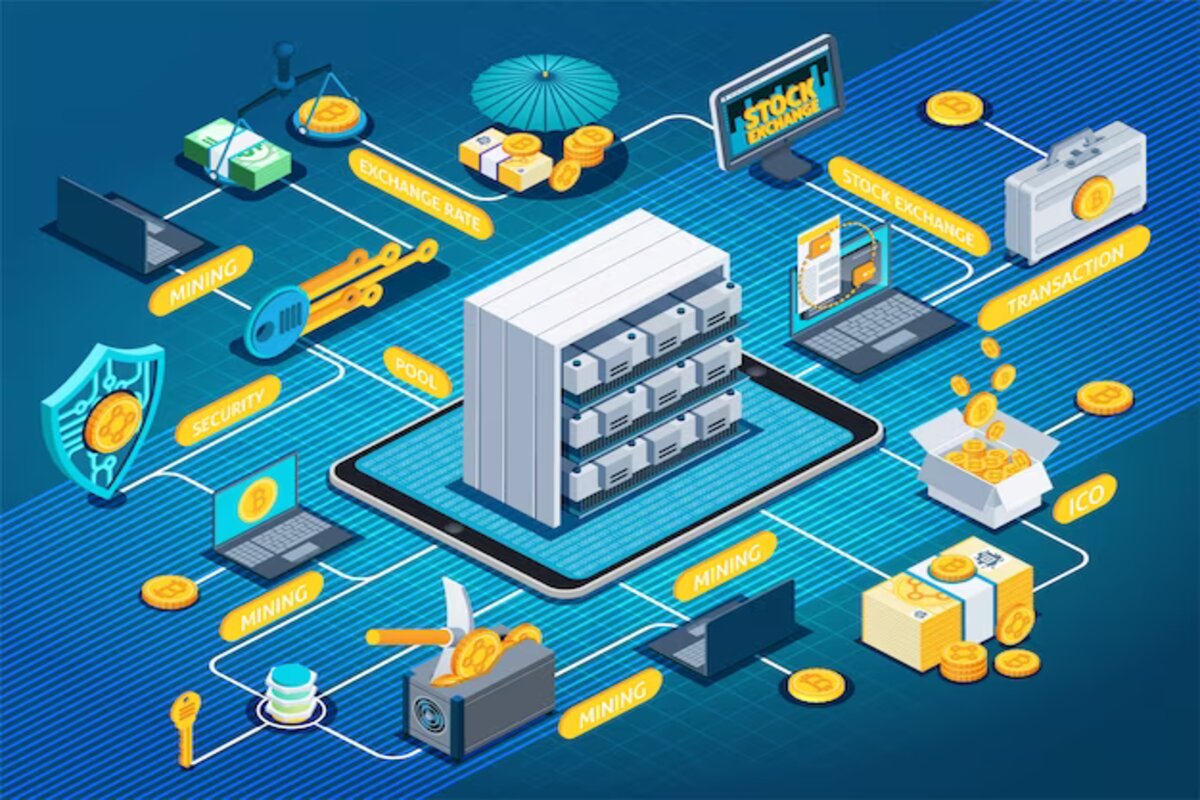Leveraging Blockchain Technology: Enhancing Supply Chain Transparency
In the bustling world of retail, maintaining transparency within the supply chain is paramount. Customers increasingly demand to know where their products come from, how they’re made, and whether they align with their values. However, achieving this level of transparency has been a persistent challenge for retailers. Enter blockchain technology – a revolutionary tool that has the potential to transform the retail industry by enhancing supply chain transparency.
Understanding Supply Chain Transparency in Retail
Retail supply chain transparency involves tracking products from production to delivery, ensuring visibility at every stage for the end consumer.. It involves disclosing information about suppliers, manufacturing processes, and environmental and social impacts. Achieving transparency helps build trust with consumers, ensures compliance with regulations, and mitigates risks such as counterfeiting and unethical practices.
Role of Blockchain Technology
Blockchain, recognized as the foundation of cryptocurrencies like Bitcoin, serves as a decentralized digital ledger. It records transactions across multiple computers, ensuring immutability and transparency. In retail, blockchain provides a tamper-proof record of all transactions and product movements within the supply chain. Moreover, in the context of retail, blockchain can offer a tamper-proof record of every transaction and movement of goods throughout the supply chain. Each transaction is cryptographically linked to the previous one, making it nearly impossible to alter past records without detection.Furthermore, this transparency and immutability guarantee that all supply chain participants access identical, reliable information, thereby minimizing the chances of fraud and errors.

Benefits of Leveraging Blockchain in Retail
The adoption of blockchain technology offers numerous benefits for retailers seeking to enhance supply chain transparency. By leveraging blockchain, retailers can:
- Improve Traceability: With blockchain, retailers can trace the journey of products from raw materials to finished goods, ensuring authenticity and ethical sourcing. This level of traceability enables retailers to quickly identify and address issues such as product recalls or supply chain disruptions.
- Enhance Accountability: Blockchain creates a transparent and auditable record of transactions, holding all parties accountable for their actions. This transparency helps prevent fraud, reduce disputes, and build trust between retailers, suppliers, and consumers.
- Increase Efficiency: By streamlining processes and reducing paperwork, blockchain can make supply chain operations more efficient and cost-effective. Smart contracts, a feature of blockchain technology, can automate various tasks such as payment processing, contract management, and inventory tracking, further improving efficiency and reducing administrative overhead.
Implementation, Challenges and Solutions
Despite its potential benefits, implementing blockchain solutions in retail supply chains comes with its own set of challenges. These include concerns about scalability, interoperability, data privacy, and regulatory compliance. However, these challenges can be addressed through collaboration between retailers, suppliers, and technology providers, and through developing industry standards and best practices. Additionally, pilot projects and proof-of-concept initiatives can help retailers gain hands-on experience with blockchain technology and identify potential areas for improvement.
Conclusion
In conclusion, blockchain technology holds immense potential for enhancing supply chain transparency in the retail industry. By leveraging blockchain, retailers can improve traceability, accountability, and efficiency, ultimately building trust with consumers and gaining a competitive edge in the market. As retailers continue to explore and adopt blockchain solutions, it’s essential to address implementation challenges and collaborate across the industry to realize the full benefits of this transformative technology.






